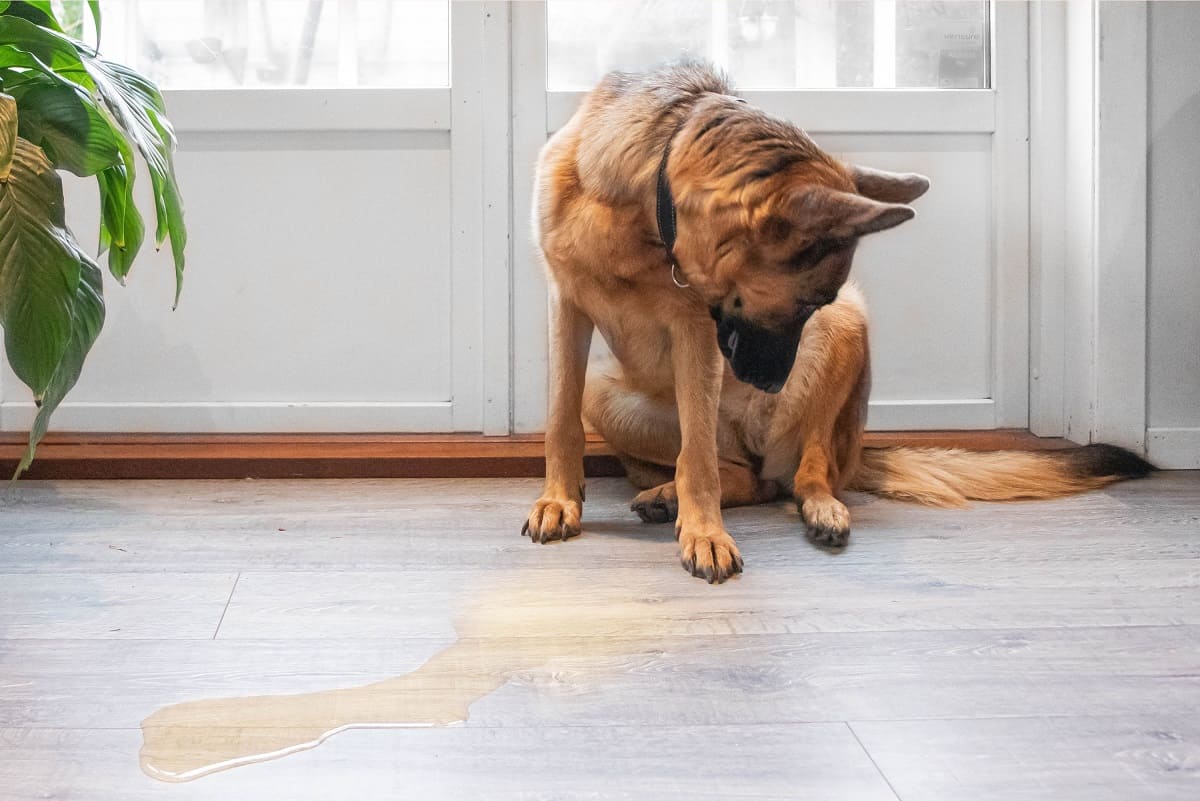

Articles
How To Stop A Dog From Peeing On The Floor
Modified: January 23, 2024
Learn effective strategies and techniques in these informative articles on how to stop a dog from peeing on the floor. Put an end to this frustrating behavior today!
(Many of the links in this article redirect to a specific reviewed product. Your purchase of these products through affiliate links helps to generate commission for Storables.com, at no extra cost. Learn more)
Introduction
Having a dog is a wonderful and rewarding experience. They bring joy, companionship, and unconditional love into our lives. However, one common issue that many dog owners face is the problem of their furry friend peeing on the floor. Not only is this frustrating and inconvenient, but it can also damage your flooring and create an unpleasant odor in your home.
Understanding why dogs pee on the floor is crucial to finding a solution. It could be due to various reasons, such as inadequate house training, lack of routine, medical issues, or anxiety. Regardless of the cause, it’s essential to address the problem promptly and effectively to ensure a clean and hygienic living environment for both you and your dog.
In this article, we will explore several strategies to help you stop your dog from peeing on the floor. By implementing these techniques and being patient and consistent, you can successfully teach your dog appropriate bathroom habits and prevent accidents in the future.
Key Takeaways:
- Consistent routine and positive reinforcement are key to preventing dogs from peeing on the floor. Understanding the root cause and providing ample bathroom opportunities are crucial for successful training.
- Crate training and addressing medical issues are effective strategies for stopping dogs from peeing indoors. Seeking professional help when needed can provide valuable guidance and support in resolving the issue.
Read more: How To Stop Dogs From Peeing On A Patio
Understanding the Root Cause of the Problem
Before tackling any issue, it’s important to understand the underlying cause. When it comes to a dog peeing on the floor, there can be various factors at play. Identifying the root cause will help you determine the most effective approach to address the problem.
One common reason for dogs peeing on the floor is inadequate house training. If your dog hasn’t been properly taught where and when to go to the bathroom, accidents are bound to happen. This can occur with new puppies who are still learning the ropes or with older dogs who may have never been properly trained.
Another factor to consider is the lack of a consistent routine. Dogs thrive on structure and routine, and having a set schedule for bathroom breaks can greatly reduce the chances of your dog peeing on the floor. When dogs know what to expect and when to anticipate bathroom opportunities, they are less likely to have accidents indoors.
Medical issues can also contribute to a dog peeing on the floor. Urinary tract infections, bladder stones, or other health conditions can cause frequent urination and accidents. If you suspect a medical problem, it’s important to consult with your veterinarian to rule out any underlying health issues.
Lastly, anxiety or stress can lead to inappropriate urination. Dogs are sensitive creatures, and changes in their environment, such as moving to a new home, the addition of a new pet, or even separation anxiety when you leave the house, can trigger accidents. Understanding and addressing the underlying anxiety is crucial in resolving the peeing issue.
By identifying the root cause of your dog’s peeing problem, you can tailor your approach to effectively address the issue at hand. Whether it’s through house training, establishing a routine, addressing medical issues, or managing anxiety, understanding what’s driving your dog’s behavior is key in finding a solution.
Establishing a Consistent Routine
One of the most crucial steps in preventing your dog from peeing on the floor is establishing a consistent routine. Dogs thrive on structure and predictability, so having a set schedule for bathroom breaks will help them understand when and where they should go.
Start by creating a regular feeding routine. Feed your dog at the same times each day, preferably in smaller meals rather than one large meal. By having consistent mealtimes, you can predict when your dog will need to relieve themselves.
In addition to regular mealtimes, take your dog out for bathroom breaks at consistent intervals throughout the day. This could be first thing in the morning, after meals, before bedtime, and every few hours in between. Dogs have different bathroom needs based on their age and size, so consult with your veterinarian to determine the appropriate frequency for your specific dog.
When taking your dog outside for bathroom breaks, choose a designated spot where you want them to go. This could be a patch of grass in your backyard or a specific area during walks. Consistently bringing your dog to the same spot will help them associate that area with bathroom time.
Be patient during bathroom breaks and give your dog ample time to do their business. Some dogs may take longer than others to find the right spot and feel comfortable enough to go. Use verbal cues or commands like “go potty” or “be quick” to encourage them to relieve themselves.
Consistency is key in establishing a routine. Avoid skipping bathroom breaks or deviating from the established schedule as much as possible. By sticking to a regular routine, your dog will have a clear understanding of when and where they should go to the bathroom, reducing the chances of accidents inside the house.
Remember to reward your dog for successfully going to the bathroom outside. Praise them, give them treats, and offer positive reinforcement to reinforce the desired behavior. This will help them understand that going outside is the preferred option, further encouraging them to hold their pee until it’s time for a bathroom break.
By establishing a consistent routine, you can help train your dog to understand when and where they should go to the bathroom. It takes time and patience, but with a consistent approach, you can greatly reduce the chances of your dog peeing on the floor.
Providing Ample Bathroom Opportunities
When it comes to preventing your dog from peeing on the floor, one important strategy is ensuring that they have ample opportunities to relieve themselves. By giving them enough bathroom breaks throughout the day, you can avoid accidents and encourage appropriate elimination outside.
First, consider your dog’s specific needs. Puppies, for example, have smaller bladders and may need to go outside more frequently. Adult dogs may have different needs depending on their age, size, and overall health. Consult with your veterinarian to determine the appropriate frequency of bathroom breaks for your dog.
When you’re at home, make it a point to take your dog outside for a bathroom break every few hours. This will help them avoid holding their urine for too long, which can result in accidents. Pay attention to any signs that your dog needs to go, such as sniffing around, circling, or pacing, and promptly take them outside to their designated bathroom spot.
If you work long hours or are unable to take your dog out frequently, consider enlisting the help of a dog walker or a trusted neighbor. Having someone let your dog out during the day will ensure they have the opportunity to relieve themselves and avoid accidents indoors.
Another helpful strategy is to incorporate scheduled bathroom breaks into your daily routine. For example, take your dog outside first thing in the morning, right before leaving the house, as soon as you come home, and before bedtime. By maintaining a consistent schedule, your dog will anticipate these bathroom breaks and be less likely to have accidents inside.
When you do take your dog outside for a bathroom break, be patient and give them sufficient time to go. Some dogs may need a few minutes to find the right spot and feel comfortable enough to eliminate. Avoid rushing the process and allow them to take their time. Use verbal cues or commands like “go potty” to encourage them to do their business.
Remember to offer praise and rewards every time your dog successfully goes to the bathroom outside. Positive reinforcement will strengthen the association between appropriate elimination and rewards, motivating your dog to continue this behavior.
By ensuring that your dog has ample opportunities to go to the bathroom outside, you are reducing the likelihood of accidents on the floor. Consistency and patience are key, and with time, your dog will learn to rely on the designated bathroom breaks and refrain from peeing indoors.
Using Positive Reinforcement Techniques
Positive reinforcement is a powerful tool when it comes to training dogs, including preventing them from peeing on the floor. By rewarding desired behaviors and providing encouragement, you can effectively teach your dog where and when it is appropriate to relieve themselves.
First and foremost, it’s important to catch your dog in the act of doing the right thing. When you see your dog about to urinate outside or in the designated bathroom spot, offer immediate praise and rewards. This could include verbal praise, a pat on the head, or a small treat. The key is to make the positive reinforcement timely and meaningful to your dog.
Avoid punishing or scolding your dog for accidents indoors. This can create fear and anxiety, making it harder for them to learn appropriate bathroom habits. Instead, focus on rewarding the desired behavior of going to the bathroom outside. Your dog will associate positive experiences and rewards with going outside, making them more motivated to hold their pee and eliminate in the appropriate place.
Consistency is vital in using positive reinforcement techniques. Be diligent in rewarding your dog every time they go to the bathroom outside or in the designated spot. This consistent positive reinforcement will help reinforce the desired behavior and make it more likely to occur in the future.
As part of positive reinforcement, it can be helpful to establish a distinct cue or command for going to the bathroom. For example, you can use the phrase “go potty” or “do your business” consistently when you take your dog outside. Over time, your dog will associate this command with the act of relieving themselves, making it easier for them to understand what you expect.
Positive reinforcement can also involve creating a positive environment for your dog. Ensure that the designated bathroom area is clean, well-maintained, and free of distractions. Remove any distractions, such as toys or other animals, that might divert your dog’s attention during bathroom breaks.
Remember to be patient and consistent in your training efforts. It takes time for dogs to understand and master new behaviors. Celebrate every success along the way and remain positive and encouraging, even if there are occasional setbacks.
By using positive reinforcement techniques, you can effectively teach your dog appropriate bathroom habits and prevent them from peeing on the floor. Through praise, rewards, and consistency, your dog will learn that going outside or in the designated spot is the preferred option, leading to a cleaner and more hygienic living environment.
Consistently take your dog outside to the same spot to pee, use positive reinforcement when they go outside, and clean any indoor accidents with an enzymatic cleaner to remove the scent.
Read more: How To Stop Dogs From Peeing On Furniture
Implementing Crate Training
Crate training can be a valuable tool in preventing your dog from peeing on the floor. Crates create a safe and secure space for your dog and can help with house training by teaching them to hold their bladder until they are taken outside.
The key to successful crate training is to make the crate a positive and comfortable place for your dog. Choose a crate that is appropriate for your dog’s size and ensure that it is big enough for them to stand up, turn around, and lie down comfortably. Place a soft blanket or bedding inside the crate to make it cozy and inviting.
Introduce your dog to the crate gradually and associate it with positive experiences. Start by leaving the crate door open and placing treats or toys inside to encourage your dog to explore it. Gradually increase the amount of time your dog spends in the crate, using positive reinforcement techniques such as treats and praise when they enter or remain calmly inside.
When using the crate for house training purposes, it’s important to follow a schedule and take your dog outside for bathroom breaks at regular intervals. Crate your dog for short periods, such as when you cannot directly supervise them, and then immediately take them outside for a bathroom break once they are released from the crate.
Ensure that you do not leave your dog in the crate for extended periods beyond their ability to hold their bladder. Puppies have smaller bladders and will need more frequent bathroom breaks. As your dog becomes more comfortable and reliable with their bathroom habits, you can gradually increase the time they spend in the crate.
It’s important to note that crate training should never be used as a punishment. The crate should always be associated with positive experiences and should never be used as a means of confinement or isolation. The goal is to create a safe and comfortable space for your dog.
Consistency is key in crate training. Make sure to follow the same routine every day, ensuring regular bathroom breaks, and providing positive reinforcement when your dog successfully eliminates outside. With time, your dog will learn to associate the crate with appropriate bathroom habits and will be less likely to pee on the floor.
Remember, crate training takes patience and persistence. It is important to give your dog time to adjust and feel comfortable. Never force your dog into the crate or use it as a form of punishment. With a positive and consistent approach, crate training can be an effective method to prevent your dog from peeing on the floor and promote proper house training.
Addressing Medical Issues
If your dog is consistently peeing on the floor despite your efforts to train and establish a routine, it’s important to consider that there may be underlying medical issues contributing to this behavior. In such cases, addressing the medical problem is crucial in resolving the peeing issue.
One common medical issue that can cause frequent urination and accidents is a urinary tract infection (UTI). UTIs can cause discomfort and a sense of urgency in your dog, leading to accidents indoors. If you suspect that your dog may have a UTI, it’s important to consult with your veterinarian. They can perform tests to confirm the diagnosis and prescribe the necessary treatment, which usually involves a course of antibiotics.
Bladder stones or other urinary tract issues can also result in frequent urination and accidents. These conditions may require specific medical interventions such as surgery or dietary changes. Your veterinarian can conduct tests to identify any underlying health problems and recommend the appropriate course of action.
Furthermore, older dogs may develop incontinence, which is the inability to control their bladder. This can be caused by hormonal imbalances or weakened muscles in the urinary tract. Incontinence can sometimes be managed with medication or other treatments recommended by your veterinarian.
When addressing medical issues, it’s important to closely follow your veterinarian’s advice and treatment plan. Be consistent with any medication or dietary recommendations and provide any necessary support to help your dog recover. As the underlying medical issue is resolved, you may notice improvement in your dog’s bathroom habits.
It’s essential to rule out any medical conditions before assuming that the peeing issue is solely due to behavioral or training problems. Consulting with a veterinarian will help identify and address any underlying medical issues, paving the way for successful training and appropriate elimination habits.
If you’ve ruled out medical problems and your dog continues to have accidents on the floor, it may be necessary to seek assistance from a professional dog trainer or behaviorist. They can assess your dog’s behavior and provide specialized training techniques and guidance to address the peeing issue.
Remember that addressing medical issues requires attentive care and proper treatment. By addressing any underlying health problems, you can help your dog overcome the peeing issue and ensure their overall well-being.
Seeking Professional Help if Needed
If you have tried various strategies to prevent your dog from peeing on the floor and are still experiencing difficulties, it may be necessary to seek professional help from a dog trainer or behaviorist. These experts can provide valuable guidance and assistance tailored to your specific situation.
A professional dog trainer or behaviorist has the knowledge and experience to assess your dog’s behavior, identify any underlying issues, and develop a customized training plan. They can observe your dog’s behavior, analyze the environment, and provide practical solutions to address the peeing problem.
When seeking professional help, it’s important to choose a reputable and qualified trainer or behaviorist. Look for individuals with certifications or credentials, along with positive reviews and testimonials from previous clients. You can also seek recommendations from your veterinarian or trusted friends and family members.
During the consultation or training sessions, be prepared to provide detailed information about your dog’s history, habits, and any previous training attempts. The professional will work closely with you to understand the root cause of the peeing issue and develop an effective plan to address it.
Professional trainers and behaviorists use a variety of techniques, such as positive reinforcement, desensitization, and counter-conditioning, to modify your dog’s behavior. They will guide you through the training process, providing step-by-step instructions and ongoing support to ensure success.
While seeking professional help may require an investment of time and money, it can significantly improve your dog’s behavior and resolve the peeing issue. Trainers and behaviorists have the expertise to address complex behavioral problems and can provide you with the tools and knowledge to continue training your dog effectively.
Remember that consistency and patience are crucial when implementing professional guidance. It may take time for your dog to adjust to the new training methods, and progress may be gradual. Stick to the training plan and follow the recommendations provided by the professional to achieve the best results.
By seeking professional help when needed, you can gain invaluable insights and support to address the peeing problem and improve your dog’s overall behavior and well-being.
Conclusion
Dealing with a dog that repeatedly pees on the floor can be frustrating, but with the right techniques and consistency, it is a problem that can be solved. Understanding the root cause of the issue, establishing a consistent routine, providing ample bathroom opportunities, using positive reinforcement techniques, implementing crate training, addressing medical issues, and seeking professional help when needed are all effective strategies for stopping your dog from peeing on the floor.
Remember, preventing accidents requires patience, persistence, and a deep understanding of your dog’s needs. It is important to be consistent in your training and provide a positive and encouraging environment for your dog to learn and thrive.
By taking the time to house train your dog properly, establishing a regular routine, and using positive reinforcement techniques, you can help your dog understand where and when to go to the bathroom. Providing ample opportunities for your dog to relieve themselves outside and addressing any underlying medical issues are essential in preventing accidents and promoting proper elimination habits.
If your best efforts do not yield the desired results, do not hesitate to seek professional help from a qualified dog trainer or behaviorist. These professionals have the expertise to assess your situation and provide customized solutions to address the peeing issue effectively.
Remember, every dog is unique, and what works for one dog may not work for another. Be patient, adaptable, and understanding as you navigate the training process with your furry friend.
With dedication and a proactive approach, you can successfully stop your dog from peeing on the floor, creating a clean and harmonious living environment for both you and your beloved canine companion.
Frequently Asked Questions about How To Stop A Dog From Peeing On The Floor
Was this page helpful?
At Storables.com, we guarantee accurate and reliable information. Our content, validated by Expert Board Contributors, is crafted following stringent Editorial Policies. We're committed to providing you with well-researched, expert-backed insights for all your informational needs.
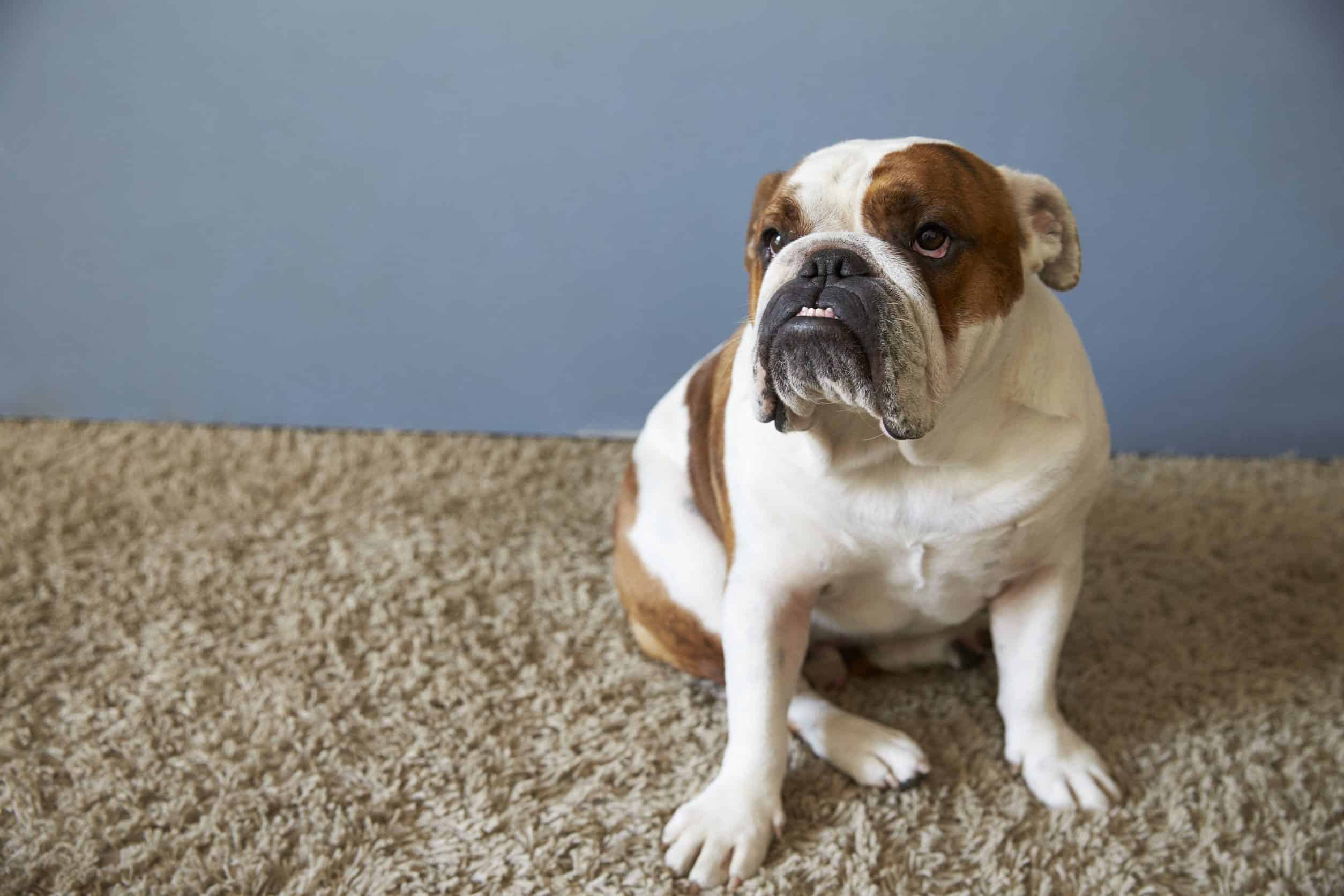

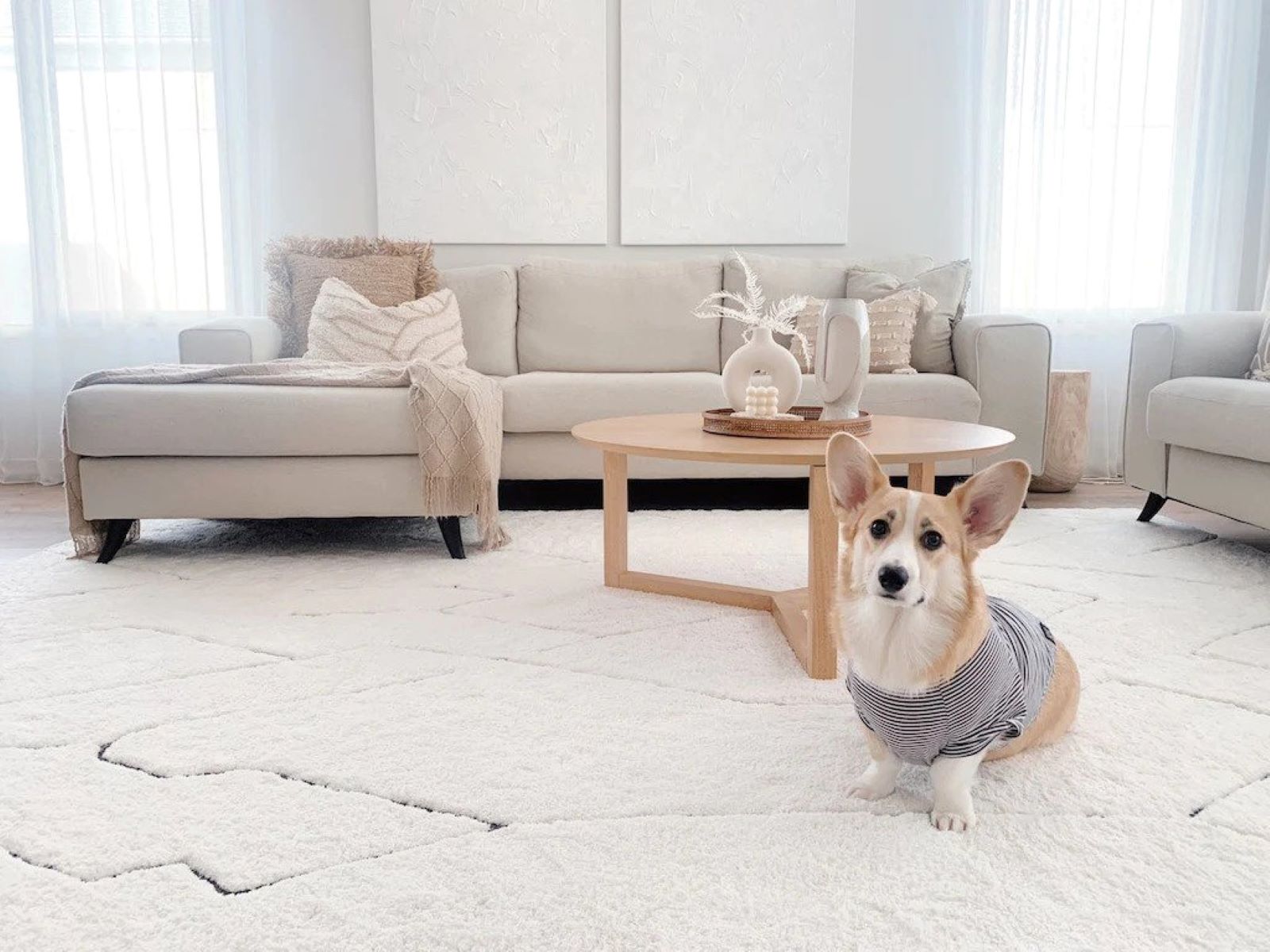
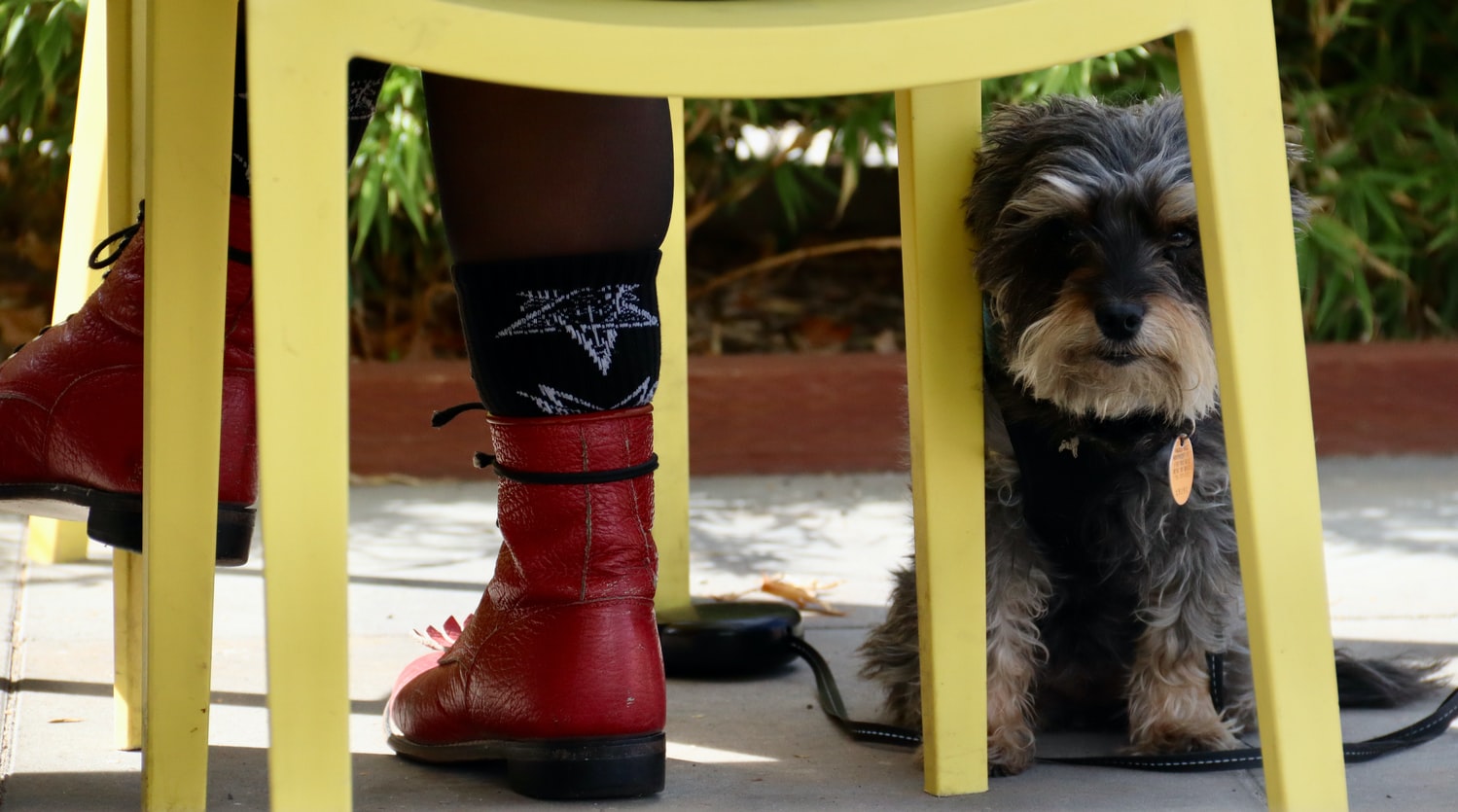


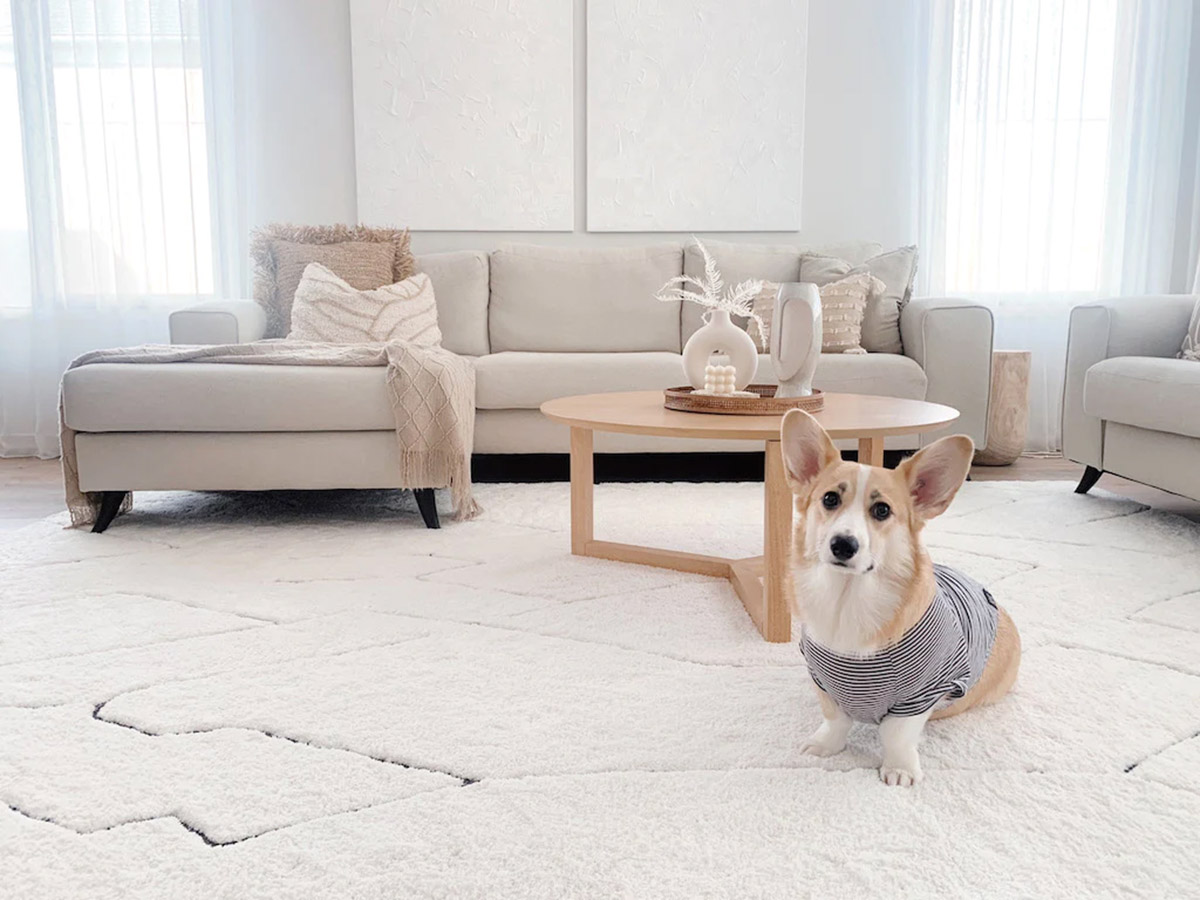
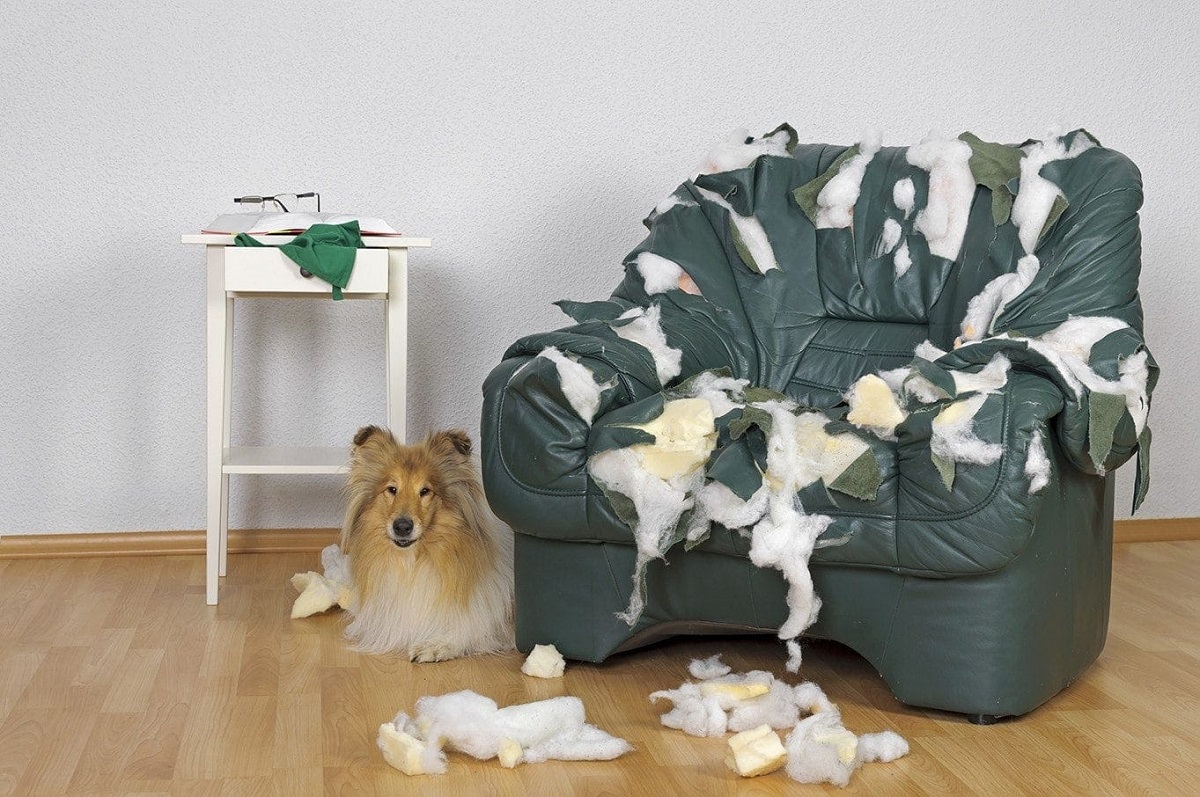
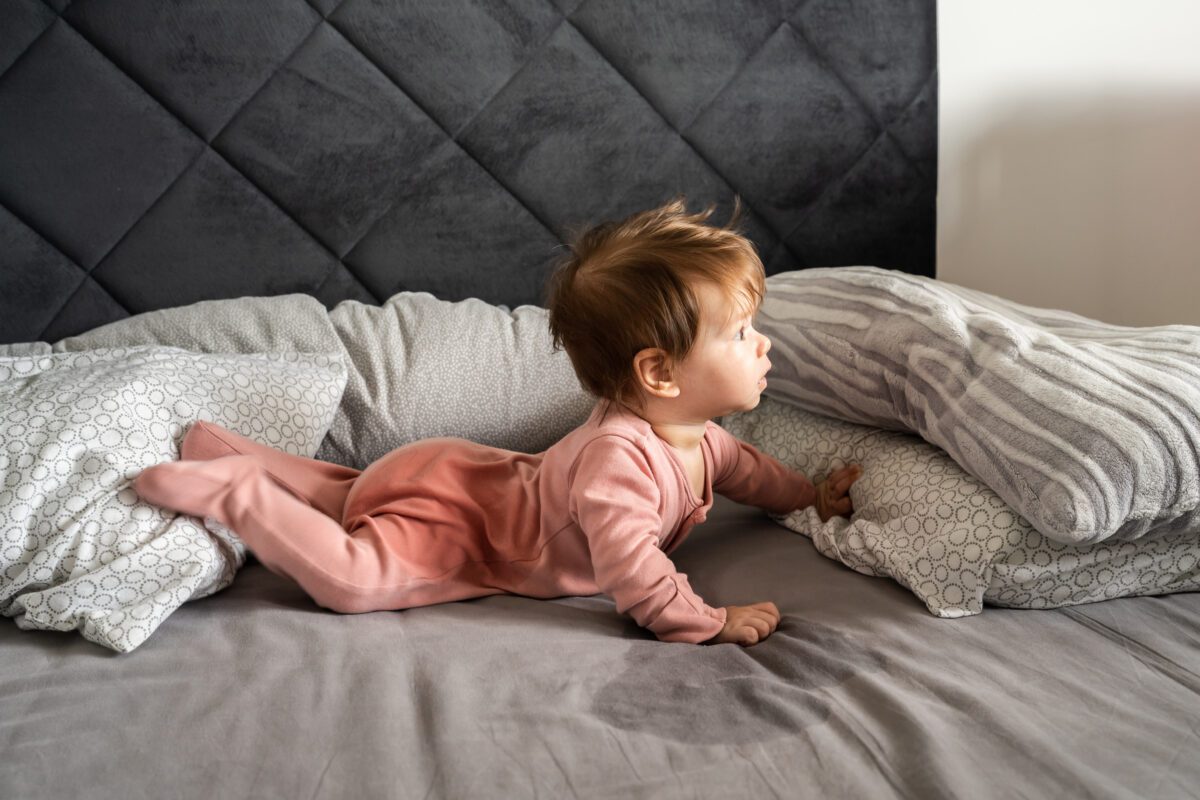
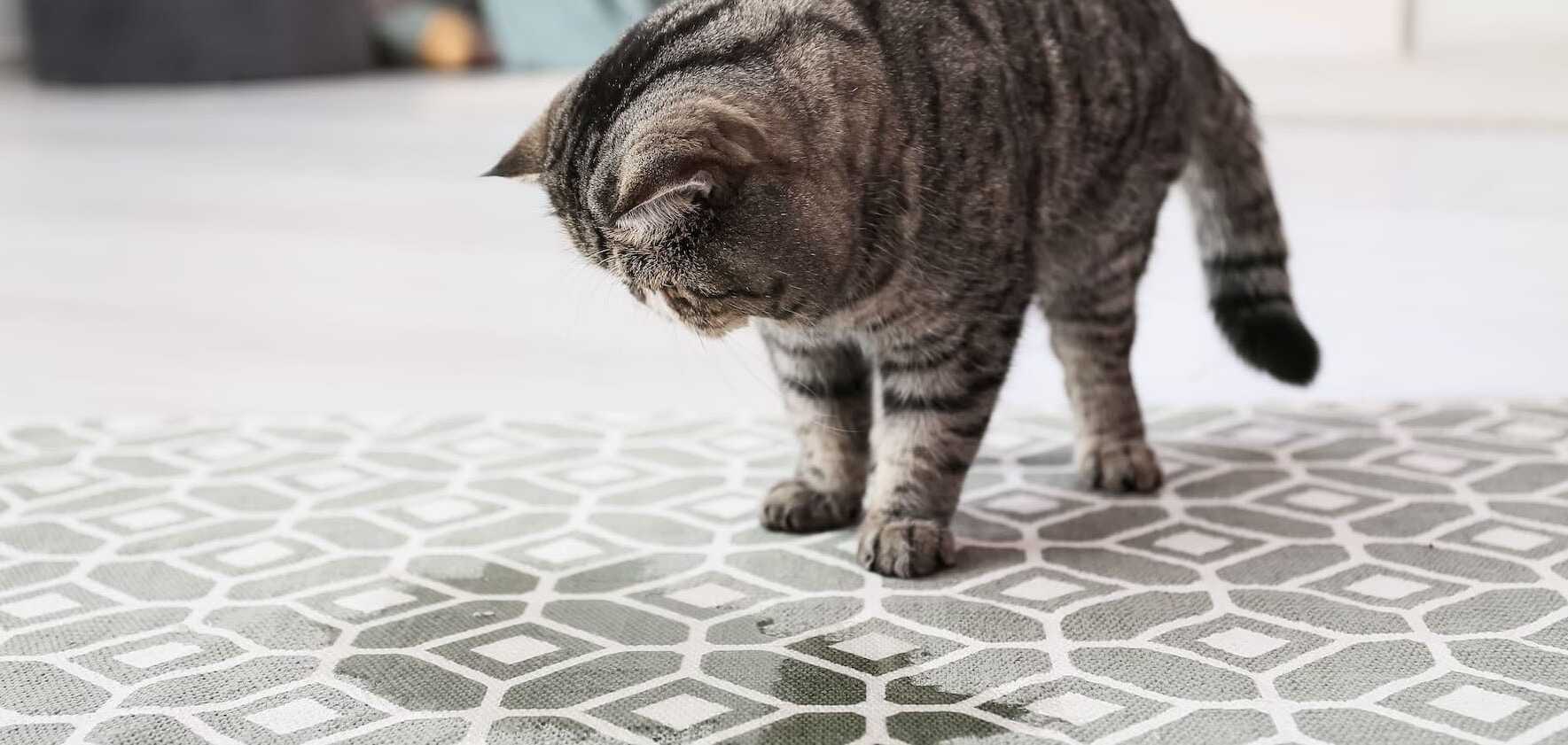
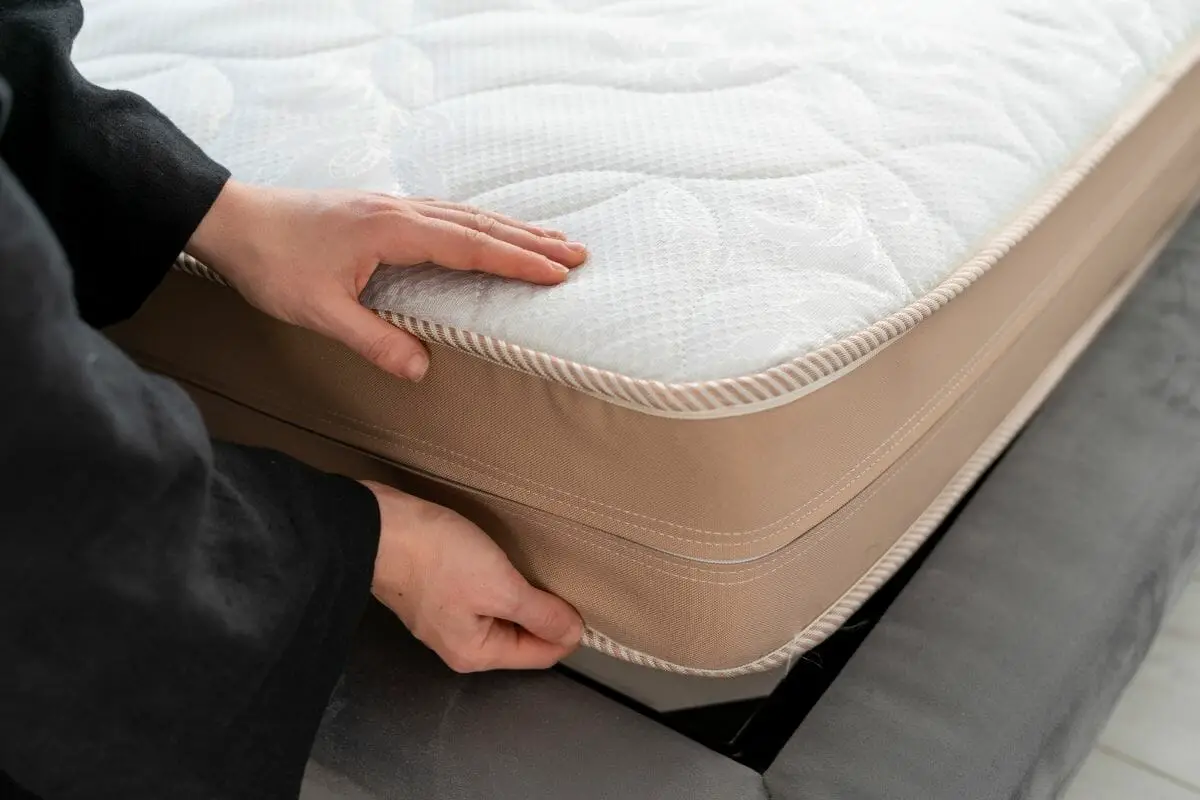
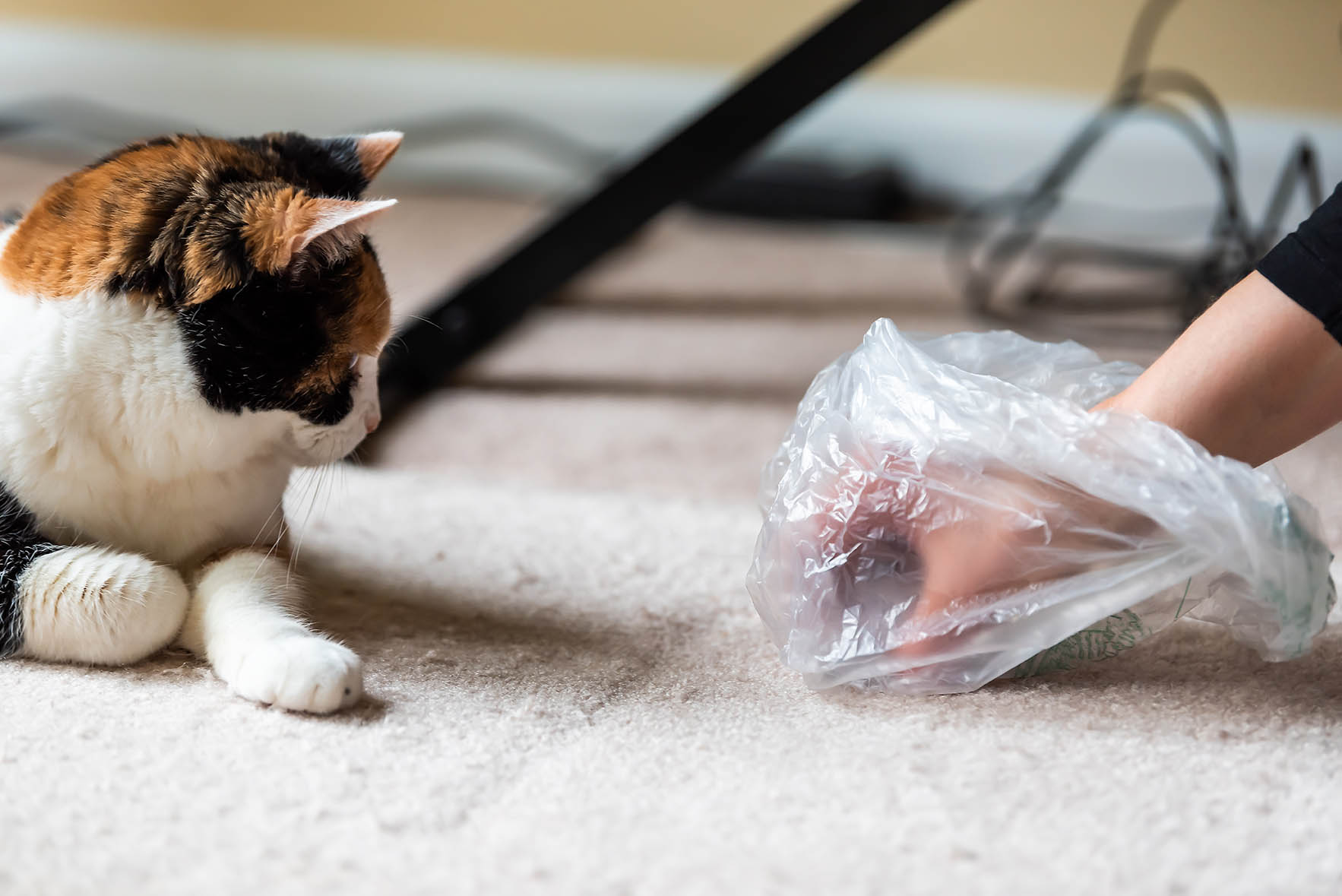
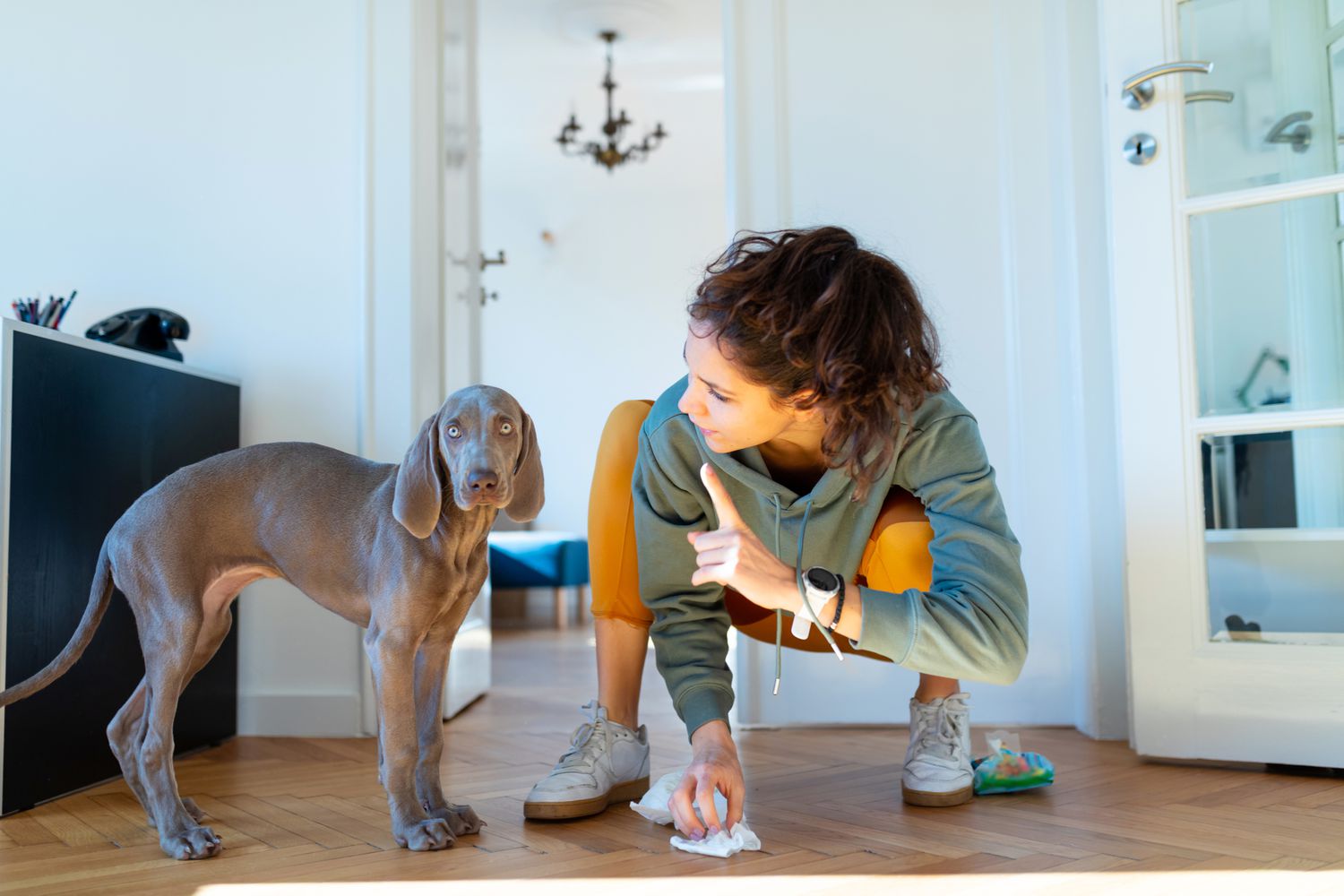


0 thoughts on “How To Stop A Dog From Peeing On The Floor”